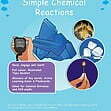CE / KS3 Science Bundle - Save 10%!
Buy our CE/KS3 bundle and save 10%!
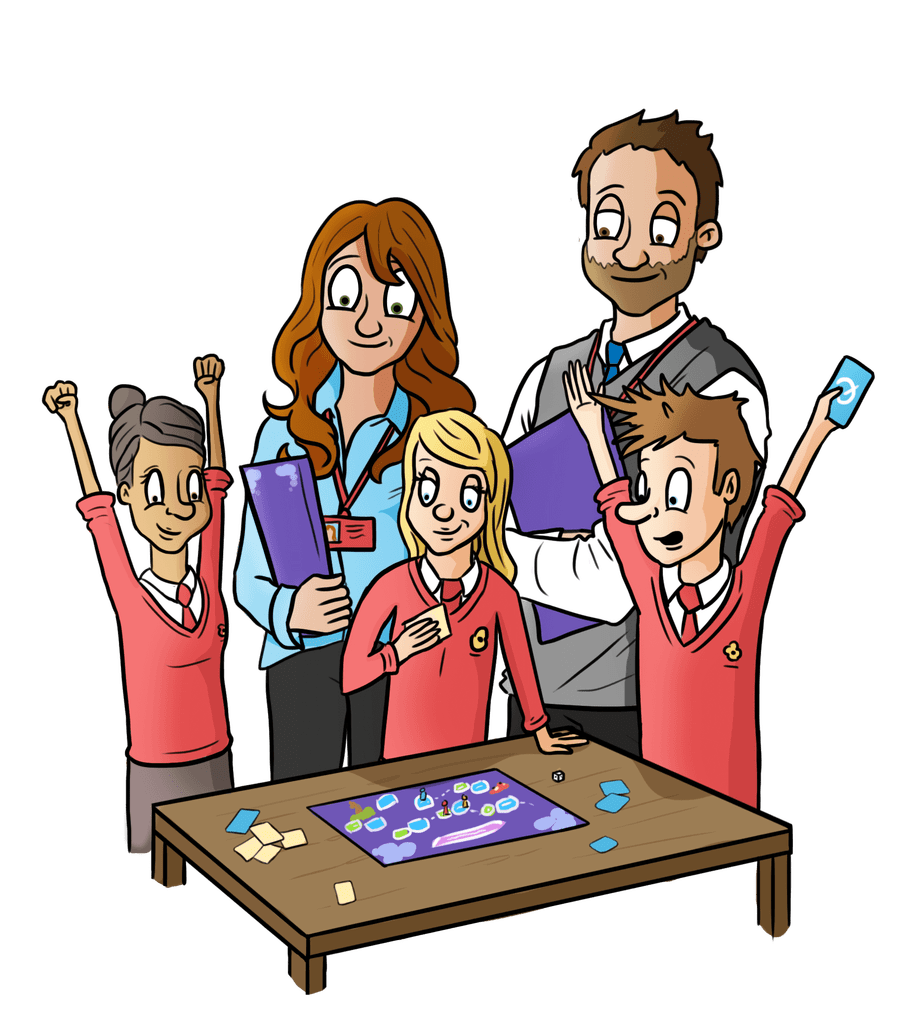
Revolutionise the way you learn with Oaka Digital
Designed for Dyslexics, Effective for Everyone
Which type of Oaka product do I need?
How Oaka works in the classroom...
Read what other teachers are saying!
Online learning the Oaka way!
Buy our CE/KS3 bundle and save 10%!

Designed for Dyslexics, Effective for Everyone
✅ Learn or revise complicated concepts easily
✅ Information broken down into short chunks
✅ Full-colour illustrations on every page
This topic pack uses illustrations and active learning games to ensure that your child stays engaged and interested. Many science booklets can be a little dull and make children loose interest. However, this topic pack makes sure that you that your child learns the key points whilst enjoying learning the key facts for Common Entrance/KS3.
This is a fully illustrated revision guide for CE/KS3 pupils, covering:
In simple terms, a chemical reaction is a process that transforms one set of chemical substances into another. The substances involved in a chemical reaction are called reactants, and the substances produced by the reaction are called products. Chemical reactions are driven by changes in energy, typically the release or absorption of heat, light, or other forms of energy.
One of the simplest types of chemical reactions is a combination reaction, where two or more reactants combine to form a single product. For example, when magnesium reacts with oxygen to form magnesium oxide, the reactants are magnesium and oxygen, and the product is magnesium oxide.
Another type of chemical reaction is a decomposition reaction, where a single reactant breaks down into multiple products. For example, the breakdown of hydrogen peroxide into water and oxygen is a decomposition reaction.
A third type of chemical reaction is a displacement reaction, where one element is replaced by another element in a compound. For example, when zinc reacts with copper sulfate to form zinc sulfate and copper, the zinc displaces the copper in the compound.
Acid-base reactions are also a common type of chemical reaction. In these reactions, an acid donates a hydrogen ion (H+) to a base, which accepts the ion to form a salt and water. For example, the reaction between hydrochloric acid and sodium hydroxide to form sodium chloride (table salt) and water is an acid-base reaction.
Combustion is an essential example of a chemical reaction. Simply put, combustion is a chemical reaction between a fuel and an oxidizing agent, usually oxygen, that releases energy in the form of heat and light.
The combustion process is the process by which fuels like coal, natural gas, gasoline, and wood are burned to produce energy.
Chemical reactions are essential for KS3 and beyond. Our learning materials provide all the key information in intuitive and easily-digestible formats.
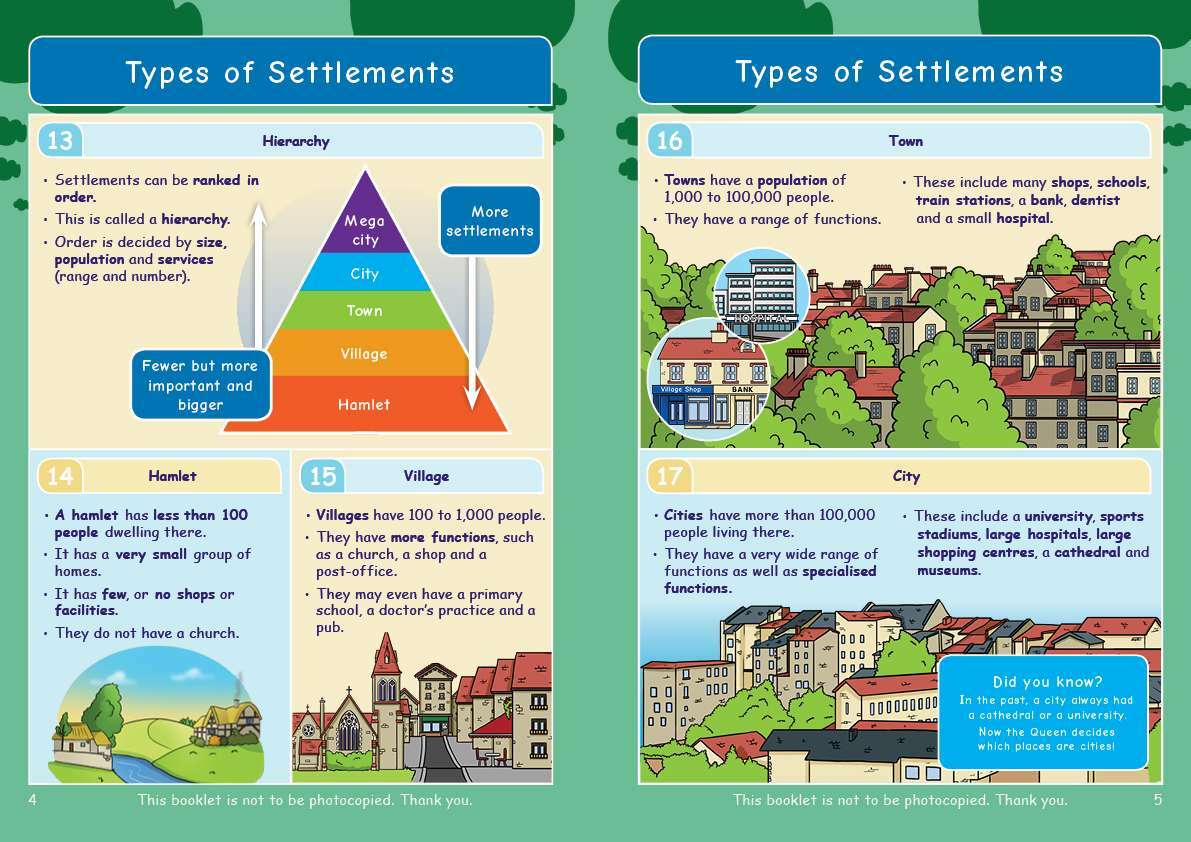
Engaging, full-colour illustrations on every page
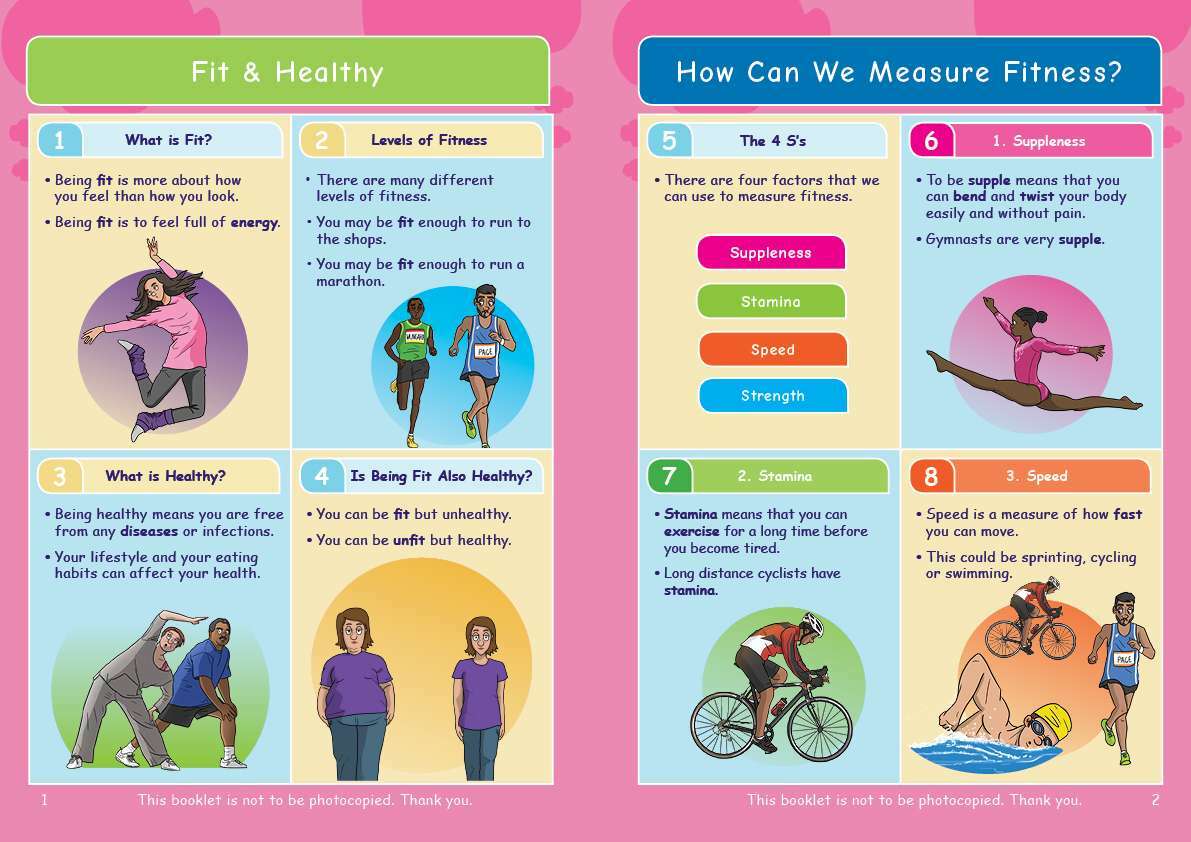
Text broken down into bite-sized chunks on a lightly shaded background
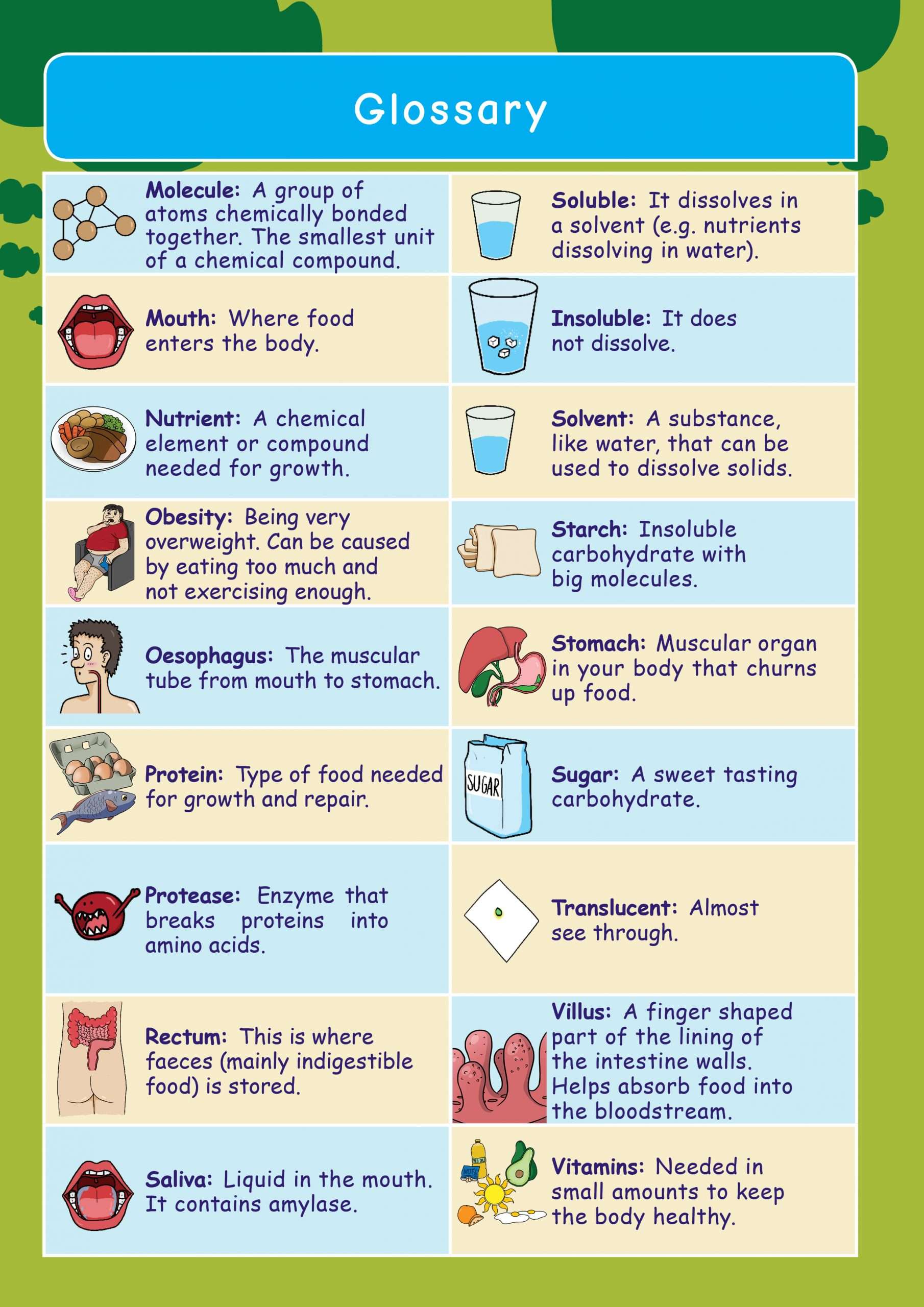
A simple, easy-to-understand glossary of key terms
Topic Booklet
Write Your Own Notes Booklet
Active Learning Game or Map
Topic Booklet: ✅ x1
Write Your Own Notes Booklet: ✅ x1
Active Learning Game or Map: ✅ x1
BEST VALUE!
Topic Booklet: ✅ x1
Write Your Own Notes Booklet: ❌
Active Learning Game or Map: ❌
Topic Booklet: ❌
Write Your Own Notes Booklet: ✅ x1
Active Learning Game or Map: ❌
Please note, our resources are NOT to be photocopied. Thank you.
My daughter loves doing the workbook and playing the games. Would highly recommend.
Super books,take the work out of learning.
We haven't started using it as yet but we have had a good look and are excited to get going.
Extremely-well-designed and well-presented KS3 Science resource.
Pupils will benefit from clear, though detailed, factual presentation, broken down into manageable chunks.
Highly recommended.
The artwork and eye-friendly layout make KS3 science much less daunting. Student with dyslexia who had previously been quite fearful of science and shown little engagement used the OAKA topic guides to scaffold taught content and support classwork and has started to participate more in science lessons with greater confidence.
That's wonderful to hear, Oliver! Thank you so much for taking the time to let us know.
Physics
